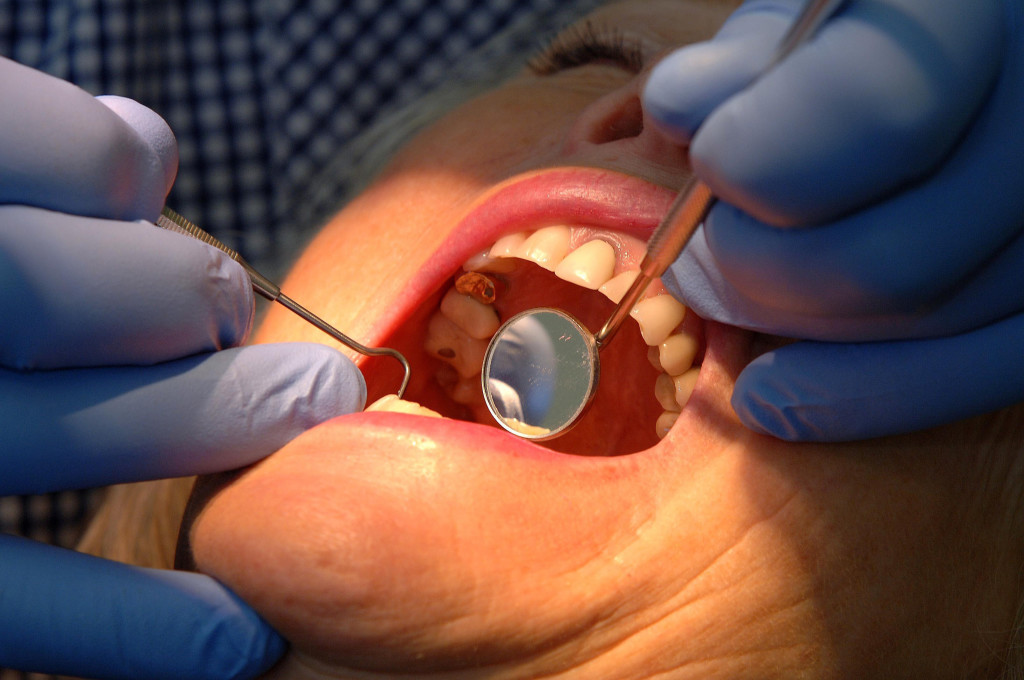More Americans Visiting ER for Dental Care

February 28, 2012
Share
More Americans are visiting the emergency room because of toothaches and other routine dental problems — at 10 times the cost of preventative care and with far fewer treatment options than a dentist’s office, according to a new report out today.
Many of these preventative dental issues went untreated because of a “failure by states to ensure that disadvantaged people have access to routine preventive care” and a shortage of dentists, especially those treating Medicaid patients, according to the report [PDF], released by the Pew Center on the States. The figures are drawn from government data, hospital information from 24 states and dental research.
And in a down economy, experts say, dental care for disadvantaged individuals may take a back seat to other economic needs.
Between 2006 and 2009, the number of ER visits for dental problems rose by 16 percent, a trend the study suggests is continuing. And because ERs are often not staffed by dentists, nearly 20 percent of all ER dental trips are return patients whose problems persisted.
“If people are showing up in the ER for dental care, then we’ve got big holes in the delivery of care,” Shelly Gehshan, the director of Pew’s children’s dental campaign, told the Associated Press. “It’s the wrong service, in the wrong setting, at the wrong time.”
It is also expensive: A routine teeth cleaning that could prevent future dental problems can cost up to $100, as compared to $1,000 for ER treatment for untreated cavities and infections. And in states like Florida, where dental-related ER visits cost more than $88 million in 2010, taxpayers pay a brunt of the costs for Medicaid patients. (See how the costs break down in some other states here.)
“The bad news is that states are paying a hefty price at a time when they can least afford it,” Gehshan said in a press release [PDF]. “The good news is they can make modest investments now that will improve access to care and save them money down the road.”
Investing in dental sealants, expanding water fluoridation and giving pediatricians incentives to offer basic dental services are some of the report’s recommendations for how states can improve access to preventive care. It also recommends licensing practitioners to work under dentists’ supervision and encouraging more dentists to participate in Medicaid. Gehshan added that the Pew Center is working with states to create training for non-specialists to treat cavities and other basic procedures.
Nearly 120 million Americans do not have dental insurance and about 17 million low-income children go without basic preventative care each year, often only seeking care when the pain becomes unbearable. Later this spring, FRONTLINE will air an investigation into the struggles faced by the tens of millions of Americans who don’t have access to dental care.
Related Documentaries
Latest Documentaries
Related Stories
Related Stories
Policies
Teacher Center
Funding for FRONTLINE is provided through the support of PBS viewers and by the Corporation for Public Broadcasting. Additional funding is provided by the Abrams Foundation; Park Foundation; the John D. and Catherine T. MacArthur Foundation; and the FRONTLINE Journalism Fund with major support from Jon and Jo Ann Hagler on behalf of the Jon L. Hagler Foundation, and additional support from Koo and Patricia Yuen. FRONTLINE is a registered trademark of WGBH Educational Foundation. Web Site Copyright ©1995-2025 WGBH Educational Foundation. PBS is a 501(c)(3) not-for-profit organization.



















